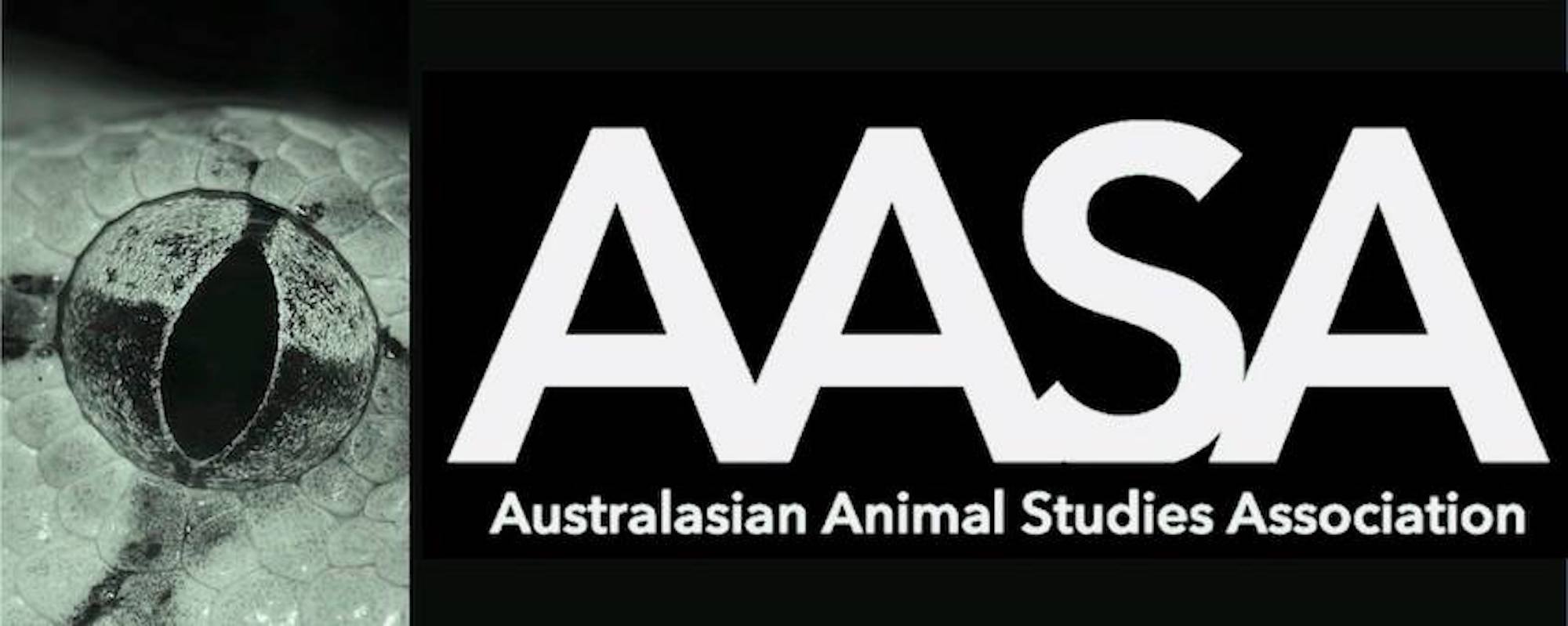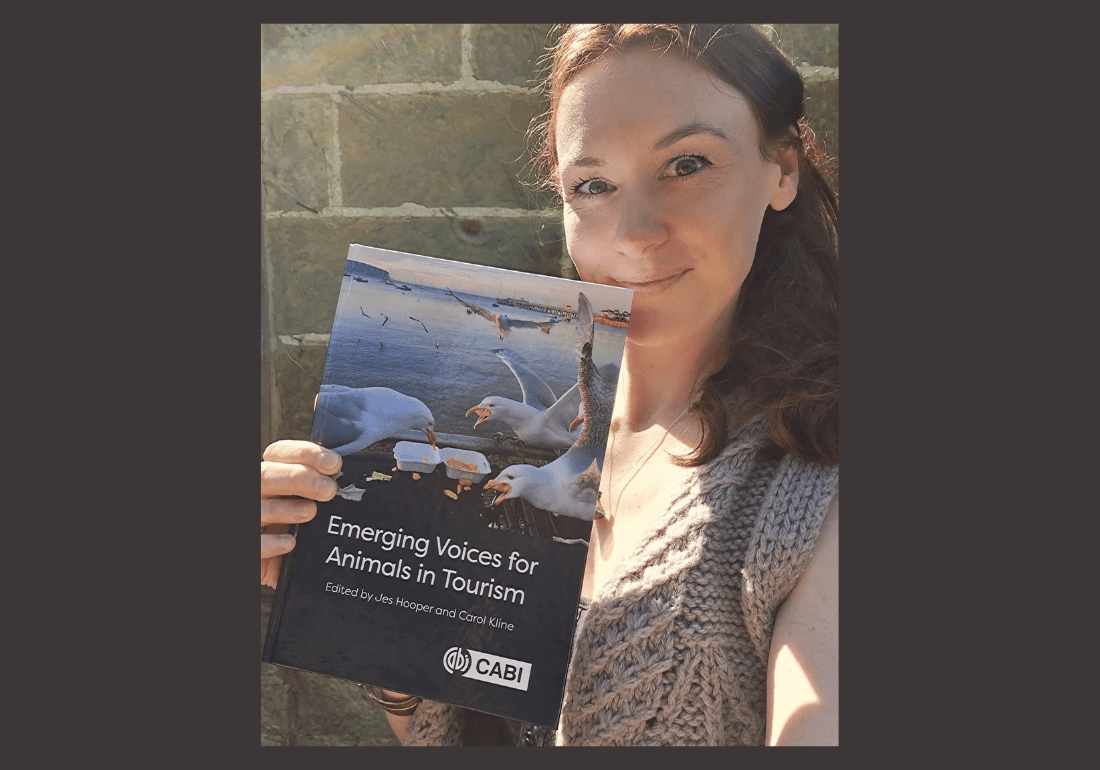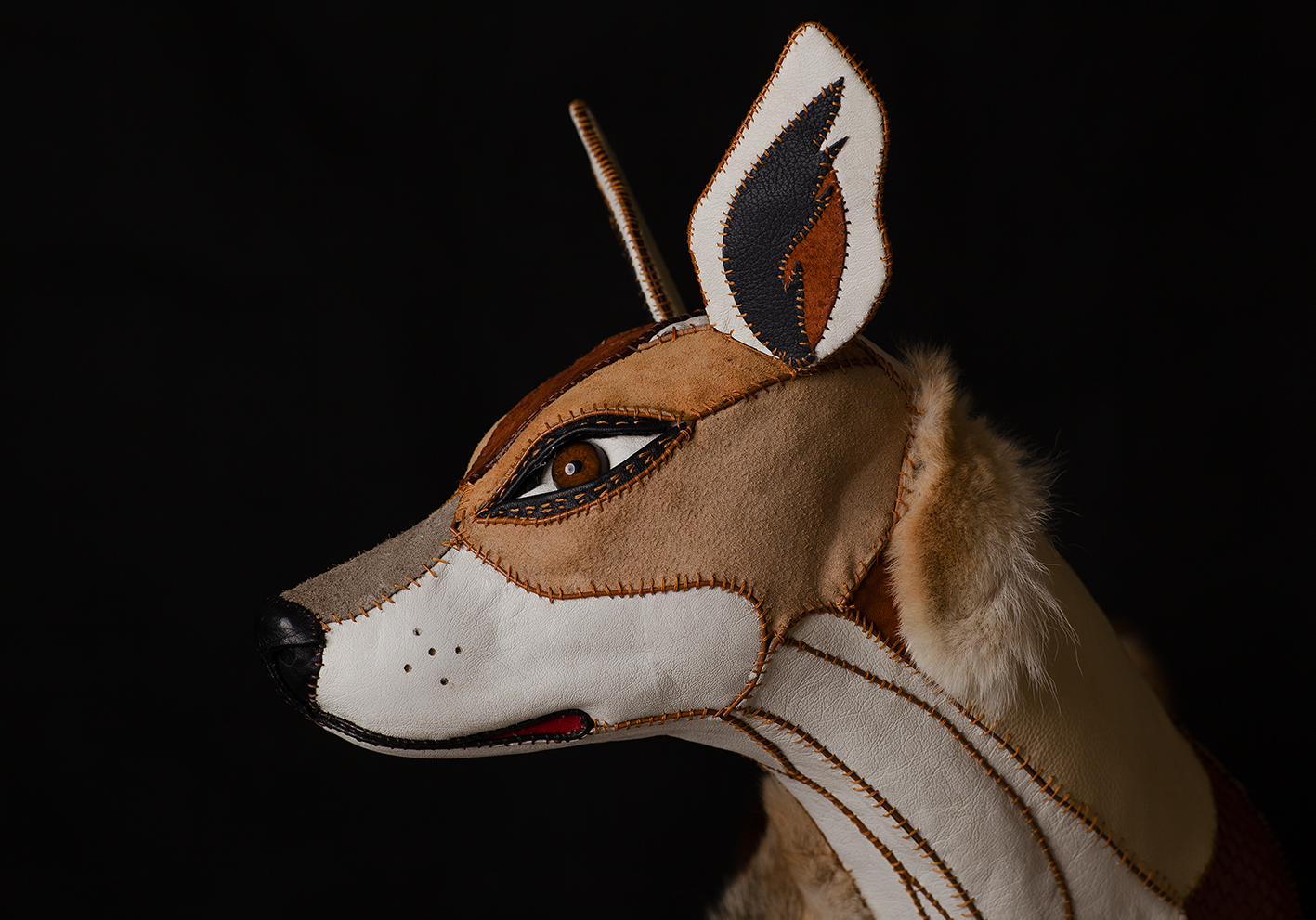Ondine Sherman talks to AASA member, Jes Hooper about her latest book.
What scholarly disciplines are most relevant to this publication?
Emerging Voices for Animals in Tourism is a multidisciplinary initiative that seeks to highlighting the lives of animals in tourism across the globe. Disciplines represented in the volume include tourism and animal studies, anthropology, journalism, sustainability and literary studies. Each chapter brings fresh perspectives that contribute to the growing critical concern for the ways humans and non-humans interact within the leisure and tourism space.
How would you describe this work to a non-academic interested in animal advocacy?
Emerging Voices for Animals in Tourism is a must-read text for those interested in advocating for non-human animals enrolled in, or periphery to, tourism. From the role of free-ranging cats and seagulls at popular seaside resorts, to the sanctuary housing of elephants and the provisioning of wildlife for tours, this volume provides insight into the complex ethical questions that are raised when we focus on the nuances involved in tourism that features animals.
How do you see your work relating to human-nonhuman relations?
Human-nonhuman relations are central to the book as we ask for greater attention to be paid to non-human animals within the leisure and tourism space. In the opening chapter, we explain that the book illustrates the depth and variety of research that is taking place across disciplines, geographic and cultural settings, and that includes a greater number of non-human taxa than ever before. Emerging Voices for Animals in Tourism not only prioritises the non-human, but it gives focus to the emerging academics and advocates who are at the fore of tourism’s “animal turn”.
What are you working on next?
My next project is “Civets in Society: Disappearance Amidst Global Connection”, a multi-species ethnography of human-civet relations (forthcoming with Sydney University Press).
Despite belonging to one of the most ancient lines of carnivore alive today, little academic attention has been paid to civets who are cryptic and elusive. My work looks at the ways humans and civets are connected via unequal relations of fetishisation, commodification, and capital. Such relationships, I argue, involve various modes of species disappearance and re-emergence, many of which have surprising consequences for both the humans and non-human animals involved.




